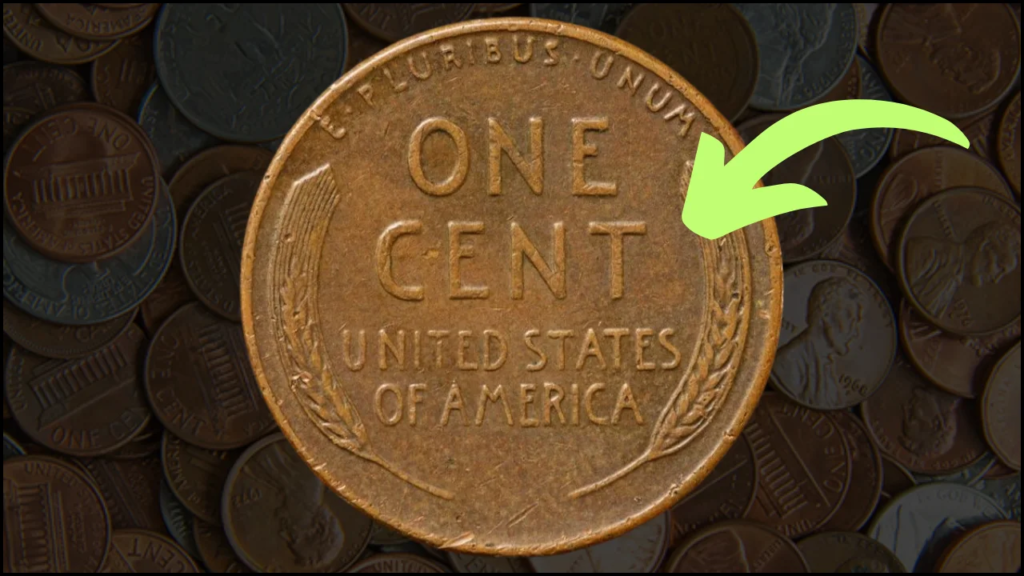
The Lincoln Wheat Penny remains one of the most cherished coins in U.S. history, fascinating collectors and enthusiasts for over a century. Among these coins, the elusive 1943 Copper Wheat Penny stands as a symbol of rarity and historical significance. Let’s delve into its origins, the intriguing error that created it, and the steps to identify and value these extraordinary coins.
Tracing the Origins of the Lincoln Wheat Penny
Introduced in 1909 to commemorate the 100th anniversary of Abraham Lincoln’s birth, the Lincoln Wheat Penny marked a significant departure from previous U.S. coin designs. The obverse of the coin features Lincoln’s profile, while the reverse displays two wheat stalks representing America’s agricultural foundation. Designed by Victor David Brenner, this penny remained in circulation until 1958, becoming one of the longest-running coin designs in history.
The timeless appeal of this coin is bolstered by its unique design, historical connection, and the various production errors that make certain editions incredibly rare.
The Lincoln Wheat Penny Valued at $50 Million, Still in Circulation
The Lincoln Wheat Penny Valued at $1.5 Billion, Still in Circulation
The Lincoln Wheat Penny Valued at $4 Million, Still in Circulation
The Lincoln Wheat Penny Valued at $110 Million, Still in Circulation
The Lincoln Wheat Penny Valued at $5 Million, Still in Circulation
The Story Behind the 1943 Copper Penny
During World War II, copper was a critical resource required for military supplies. To conserve this material, the U.S. Mint replaced traditional copper pennies with zinc-coated steel ones in 1943. However, a small batch of copper blanks left from 1942 mistakenly entered production. The result was the creation of the rare 1943 Copper Penny, an accidental but historically significant anomaly.
The scarcity of these coins stems from this manufacturing error, making them one of the most sought-after treasures in numismatics. They not only represent a piece of wartime history but also serve as a testament to the intriguing surprises hidden in U.S. coinage.
The Legendary $701,000 Penny
A story that captivated the numismatic community is the discovery of a 1943 Copper Penny by a collector named Doug, who found it among coins he inherited from his father. Upon professional verification, the penny was authenticated as one of the rare copper specimens from 1943. This extraordinary find was later sold at auction for a staggering $701,000.
This event sparked a renewed interest among collectors, demonstrating the incredible potential value of coins that might otherwise go unnoticed.
Spotting a 1943 Copper Penny: Key Characteristics
Identifying a genuine 1943 Copper Penny is crucial for both collectors and appraisers. Here are the primary features to look for:
- Weight: Copper pennies weigh approximately 3.11 grams, whereas steel pennies weigh only 2.7 grams.
- Color: Copper pennies have a distinctive reddish-brown appearance, while steel pennies are silver.
- Magnetic Properties: Steel pennies are magnetic, while copper pennies are not.
- Surface and Edge: Steel pennies may exhibit wear revealing a darker core due to their zinc coating, but copper pennies maintain a consistent hue.
By verifying these traits, enthusiasts can differentiate between a rare copper penny and a standard steel version.
Understanding the Value of the 1943 Copper Penny
The value of a 1943 Copper Penny is determined by factors like its condition, mint mark, and market demand. Here’s a breakdown of its approximate value:
| Year | Mint Mark | Composition | Weight (grams) | Estimated Value |
|---|---|---|---|---|
| 1943 | None | Copper | 3.11 | Up to $701,000 |
| 1943 | D | Copper | 3.11 | Up to $840,000 |
| 1943 | S | Copper | 3.11 | Up to $504,000 |
| 1943 | None | Steel | 2.7 | Minimal |
The Denver (D) and San Francisco (S) mint marks elevate the value of certain coins due to their rarity and unique historical context.
Other Coveted Lincoln Wheat Pennies
While the 1943 Copper Penny is iconic, several other Lincoln Wheat Pennies also command high value among collectors:
- 1909-S VDB: Featuring the initials of designer Victor David Brenner, this coin is rare and highly desirable.
- 1914-D: Limited production makes this penny a valuable asset in good condition.
- 1922 No D: The absence of a Denver mint mark makes this penny distinct and collectible.
- 1955 Double Die: Known for its visible design doubling, this coin is a standout error.
Each of these coins tells a unique story and holds a special place in numismatics.
Fascination and Value in Every Penny
The Lincoln Wheat Penny represents more than just monetary value. It embodies pieces of American history, from its commemoration of Lincoln to the practical adaptations during wartime. For collectors, finding one of these rare coins is like uncovering hidden treasure, a testament to the rich stories embedded in everyday currency.
FAQs
1. How can I verify a 1943 Copper Penny is authentic?
Ans: You can verify its authenticity by checking its weight (3.11 grams), non-magnetic properties, and copper color. It’s best to consult a professional coin appraiser for confirmation.
2. Are steel pennies from 1943 valuable?
Ans: Steel pennies from 1943 are common and typically have minimal value unless in exceptional condition or possessing unique errors.
3. Where can I find rare Lincoln Wheat Pennies?
Ans: Rare Lincoln Wheat Pennies are often found in inherited collections, antique shops, or specialized coin auctions. Examining your loose change might also reveal a hidden gem!
Conclusion
The 1943 Copper Penny and other rare Lincoln Wheat Pennies remind us that history can be found in the most unexpected places, even in the coins we carry. Whether you’re a dedicated collector or simply curious about numismatics, these pennies inspire a deeper appreciation for the artistry and history behind everyday items. Take a closer look at your change; you may just stumble upon a piece of history worth its weight in gold.